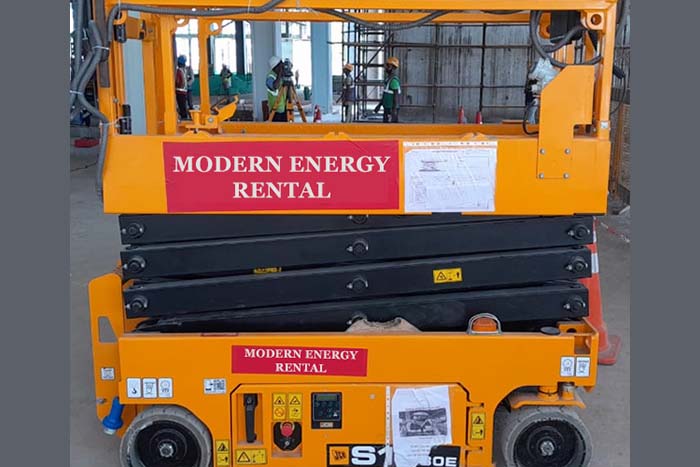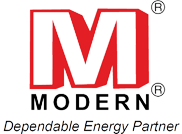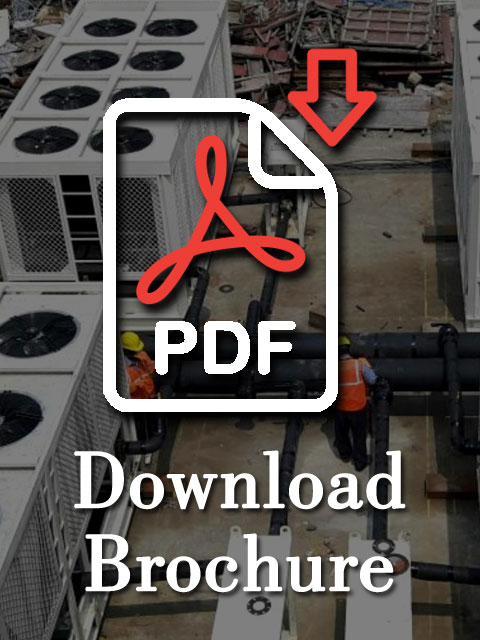
How Scissor Lift Rentals Reduce Equipment Maintenance Costs in Construction
In the construction industry, effective cost management is essential for project success. Maintenance and repair costs for heavy equipment like scissor lifts can be a significant expense for companies. Renting scissor lifts instead of buying them outright is a strategic solution that helps reduce equipment maintenance costs and minimize downtime. In this article, we’ll discuss how renting scissor lifts for construction projects can effectively lower your maintenance expenses and improve overall productivity.
1. Eliminates Long-Term Maintenance Responsibilities
When you rent a scissor lift, maintenance and servicing are generally the responsibility of the rental provider. This means that your company doesn’t need to worry about long-term upkeep or repair expenses. Routine maintenance, part replacements, and necessary inspections are usually handled by the rental company, freeing up your resources for other critical tasks.
2. Reduces Costly Downtime
Equipment downtime can delay construction projects and increase overall costs. Rental companies often provide well-maintained, ready-to-use scissor lifts that minimize the chances of mechanical issues or unexpected failures. If a rented scissor lift does require repairs, rental providers can often replace it with a working unit quickly, ensuring minimal disruption to your project timelines.
3. Access to the Latest Models and Technology
Owning a scissor lift means you are responsible for updates, replacements, and technological upgrades. By renting, you gain access to the latest models equipped with advanced features and better performance without the additional costs associated with upgrading your equipment. Modern scissor lifts tend to be more energy-efficient and require less frequent maintenance, which further reduces your costs.
4. Flexible Rental Terms Save Money
Construction projects often vary in duration and equipment needs. Renting allows you to choose flexible terms, so you only pay for the equipment when you need it. This reduces the need for storing and maintaining unused equipment between projects, ultimately lowering your overall equipment expenses.
5. Avoids Depreciation and Long-Term Wear and Tear
Ownership comes with long-term costs related to depreciation and wear and tear. Scissor lifts, like other construction equipment, can lose their value over time, leading to reduced resale prices. Renting allows construction companies to avoid depreciation costs and eliminate concerns about equipment aging or becoming outdated.
6. Scalable Solutions for Growing Project Needs
Construction project demands can change frequently, requiring different types or numbers of scissor lifts. Renting offers scalable solutions that let you adjust your equipment needs based on project requirements. This not only helps control costs but also ensures that you have the right equipment for each phase of the project without overcommitting financially.
Conclusion
Renting scissor lifts provides a cost-effective and flexible solution for construction companies, helping reduce the burden of equipment maintenance costs. By eliminating long-term responsibilities, reducing downtime, and offering access to advanced models, scissor lift rentals help construction projects stay within budget while maintaining high standards of productivity and safety. For companies looking to manage expenses more effectively, renting scissor lifts is a smart choice that minimizes both maintenance costs and logistical hassles.

